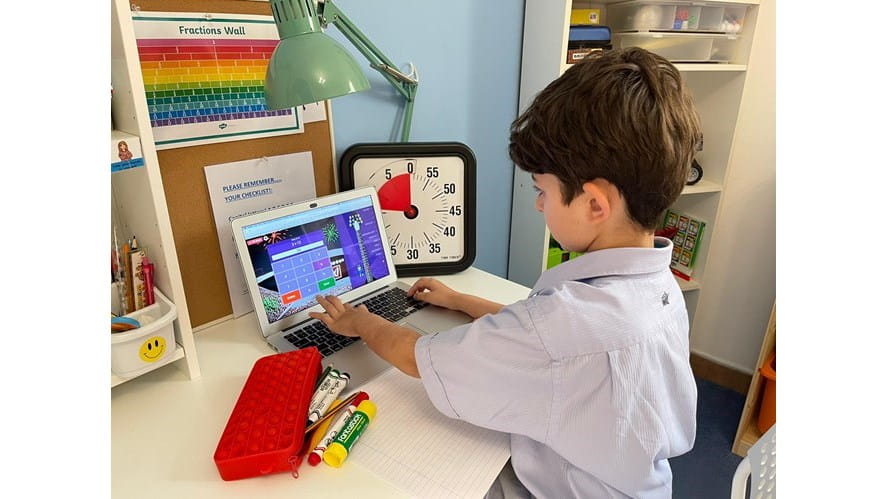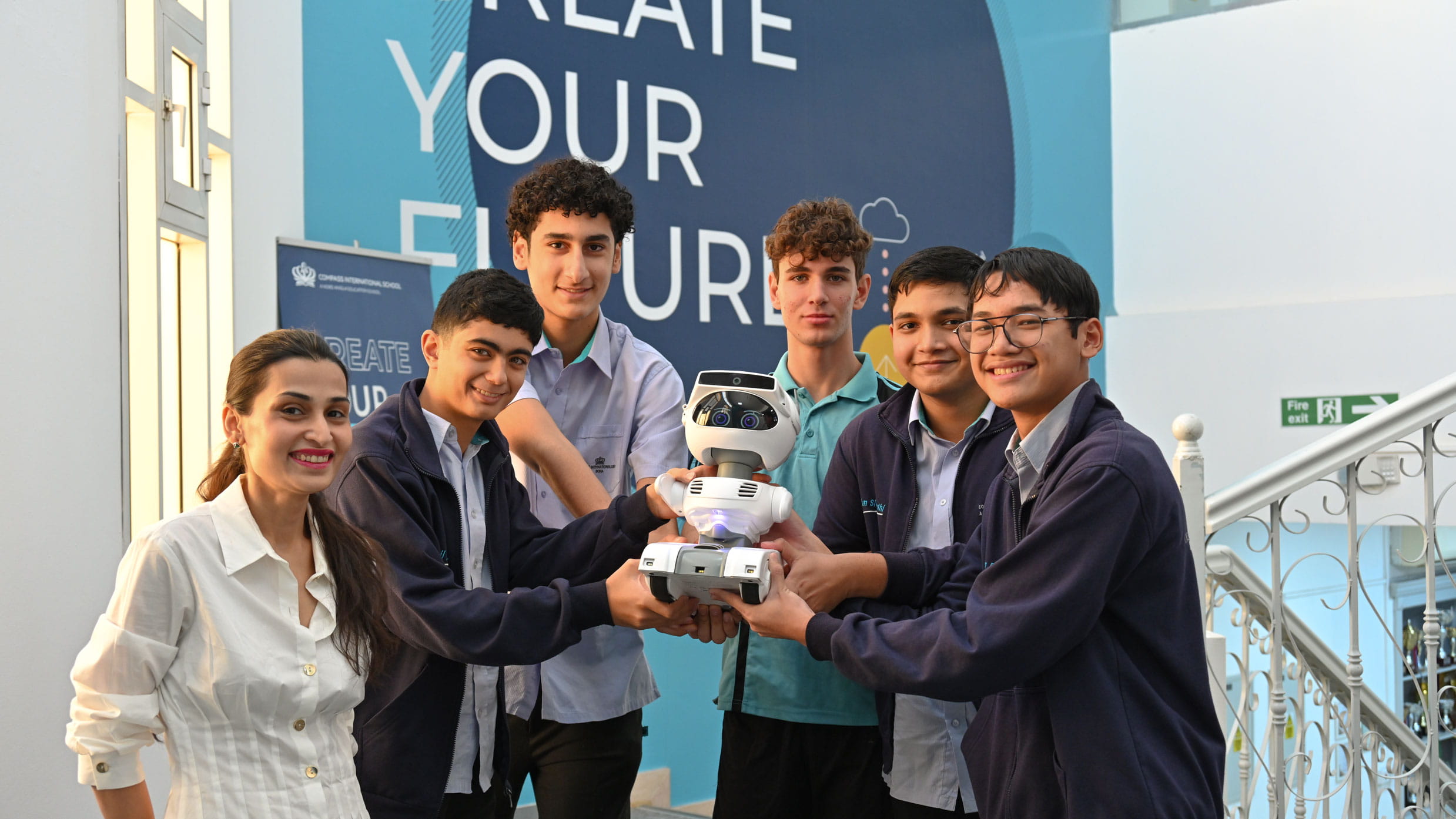Virtual Learning in Early Years
One thing we have learnt through this pandemic is how resilient children really are. Particularly in Early Years. The switch to virtual learning was a huge learning curve and challenging experience for both educators and children. When planning lessons and activities for the children we quickly learnt that lessons had to be interactive, fun, engaging and short to hold their attention.
In the classroom, children spend time building relationships with the other children, learning and interacting with their peers. This helps them develop skills to build positive relationships, deal with conflicts, learn a new language and have fun playing with their friends. This was a huge consideration with teachers when planning virtual lessons, how can we continue to develop these social skills during virtual learning?
Below are a few successful strategies we used to deliver our virtual learning experience in Early Years.
- We wanted to make sure each child was achieving a balance of online and offline activities throughout the week. We would have short interactive sessions in the morning to say hello and talk about the day.
- Every day we would have a live phonics lesson. This would be a short session where children would be writing and taking part in some phonics games in small groups. All lessons were recorded and available to be watched at any point of the day.
- Every day the children had the option to attend ‘snack chat’. This was a social time of the day where children could go online and talk to their friends, just as they would during snack time in the classroom.
- Parents received a bank of resources and activities that could be completed at home to make learning maths and literacy interactive and fun. This included hiding numbers or sounds around the home and taking part in a number or sound hunt, making creative falshcards and artwork, taking part in PE challenges and workouts and engaging in role play scenarios at home. It was integral that children were kept active during learning to keep them stimulated and engaged.
- Youtube videos and live lessons were made available for children to watch at home to encourage physical development.
- Children had a live story time everyday where they would come and read a story with their teacher, encouraging language and questioning skills.
- A daily ‘clinic’ was made available for the parents. This was a chance for the parents to come online and chat with the teacher regarding any questions, concerns or suggestions about their child’s online learning experience.
- All home learning was documented by parents through photos and videos and shared with the teacher on Tapestry. Tapestry is an online learning journal used throughout virtual learning that allowed the teacher to get a clear picture of what each child was doing at home and keep track when assessing them.
- Daily number and phonics support sessions were made available to the children who needed more support. These were short, interactive and fun sessions to engage the children in their learning.
- We wanted a clear link between home and school so provided opportunities whereby children could bring something from their home to a session at the end of the week. Children could bring a piece of work they had completed or something they wanted to show their friends. For example, when completing the topic on ‘dinosaurs’ children came to the session with their dinosaur toys. We found that the children were so excited and animated to show the class what they have in their home. This helped develop children’s communication and language skills.








